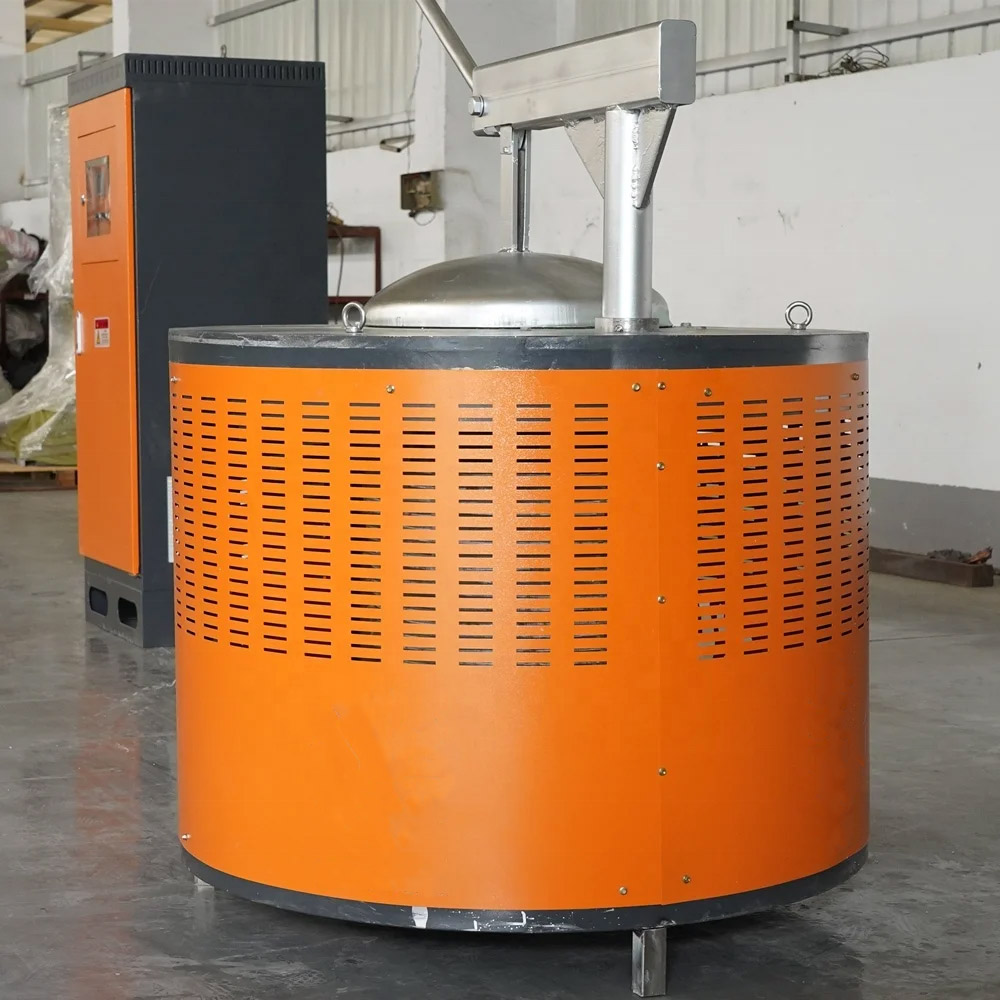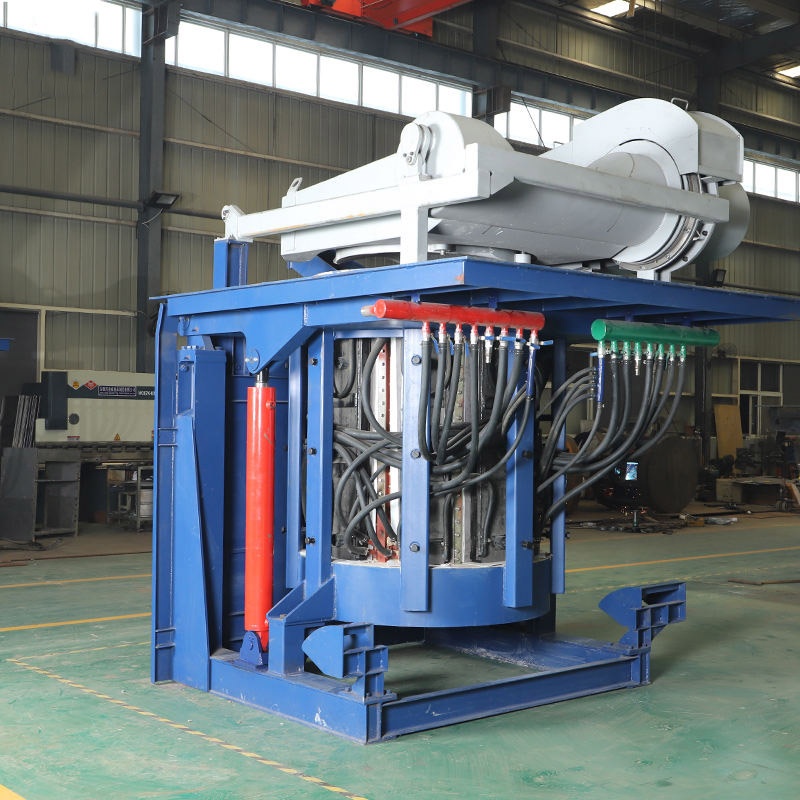Application and Development of Induction Heating Technology
Induction heating has emerged as a significant technology over the past 30 years, particularly due to its energy efficiency and broad range of applications. As global energy concerns grow, the importance of induction heating technology continues to rise, with ongoing advancements that expand its use across various industries.
Features of Induction Heating
Induction heating can achieve very high temperatures without direct contact with the material, making it highly efficient. The technology provides rapid heating, enhancing production speeds and allowing precise temperature control to ensure consistent results. Unlike traditional methods, induction heating can focus heat on specific areas, reducing power consumption. It is easily integrated into automated production lines, creating cleaner and quieter working environments. The process requires minimal workspace, making it ideal for crowded production areas. Additionally, induction heating provides uniform heating for complex workpieces, resulting in high-quality products. During smelting, electromagnetic stirring ensures a uniform molten metal composition, reducing the risk of localized overheating and minimizing metal loss, especially valuable for rare metals.
Advantages of Induction Heating
One of the main advantages of induction heating is its energy efficiency. The thermal efficiency of induction furnaces can reach 65-75%, significantly higher than traditional flame and chamber furnaces, which are only around 30%. Unlike coal, gas, or resistance furnaces, induction systems do not require preheating, simplifying operations. This flexibility allows them to start, stop, or operate continuously, adapting to production needs and offering manual, semi-automatic, or automatic options. Induction heating systems allow selective heating of parts, reducing energy use, workpiece deformation, and surface defects. The technology is compatible with various materials, including steel, aluminum, titanium, and more. Furthermore, it can be easily integrated into automated systems, enhancing efficiency and reducing manpower requirements. With its high power utilization, safety, and minimal environmental impact, induction heating offers a sustainable solution for modern industries.
Applications of Induction Heating in the Automotive Industry
The automotive sector extensively uses induction heating due to its precision and efficiency. Key applications include metal smelting for creating cast automobile parts, heating forged blanks to ensure optimal material properties for further processing, and heat treatment to enhance the durability and performance of various automotive components. Induction heating is also used for bonding and assembly processes, such as curing and joining parts, as well as for brazing and semi-solid forming, which are ideal for specific metal joining processes and forming techniques. With its adaptability, induction heating is becoming indispensable in the production of high-quality automotive parts.
Global Development of Induction Heating Technology
Internationally, countries such as Germany, the United States, Japan, and Russia lead the development of induction heating technology. Advances in power electronics and semiconductor devices have significantly improved the efficiency, size, and performance of induction heating equipment. Modern systems are now smaller, lighter, consume less power, and are more reliable. The move towards automation has made induction heating more efficient and easier to control, which is a significant advantage for industries aiming to optimize their production processes.
Development and Current Status in China
China’s induction heating technology began in the 1950s, with significant growth occurring after the economic reforms. Initially, the focus was on surface quenching for manufacturing industries like machine tools, automotive, and agricultural machinery. Although the technology originally stemmed from the former Sovietunionand Czech Republic, China's growing market demands have driven further advancements in domestic induction heating capabilities. Today, Chinese manufacturers are improving their designs and production techniques to meet global standards.
Development Trends in Induction Heating Devices
The development of power devices like thyristors, IGBTs, and MOSFETs has allowed the creation of high-frequency, high-capacity power supplies, which are more efficient, safe, and easier to control. The trend is towards automation and mechanization, with recent advances in mechatronics and digital control systems making induction heating devices more automated. This reduces resource waste and improves precision, further integrating the technology with digital manufacturing processes. The production trend includes clean, energy-efficient, and large-scale operations. Automation ensures consistent quality and reduces manual intervention, contributing to higher productivity and efficiency.
Why Choose Us?
With over a decade of experience, our induction heating solutions stand out for their high efficiency, reliability, and adaptability to diverse industrial needs. We offer customized solutions tailored to your specific requirements, along with a one-year warranty to ensure peace of mind. Our 24/7 support ensures assistance at any time, and our expertise guarantees high-quality service. Order your induction heating equipment from us today and elevate your production efficiency!




